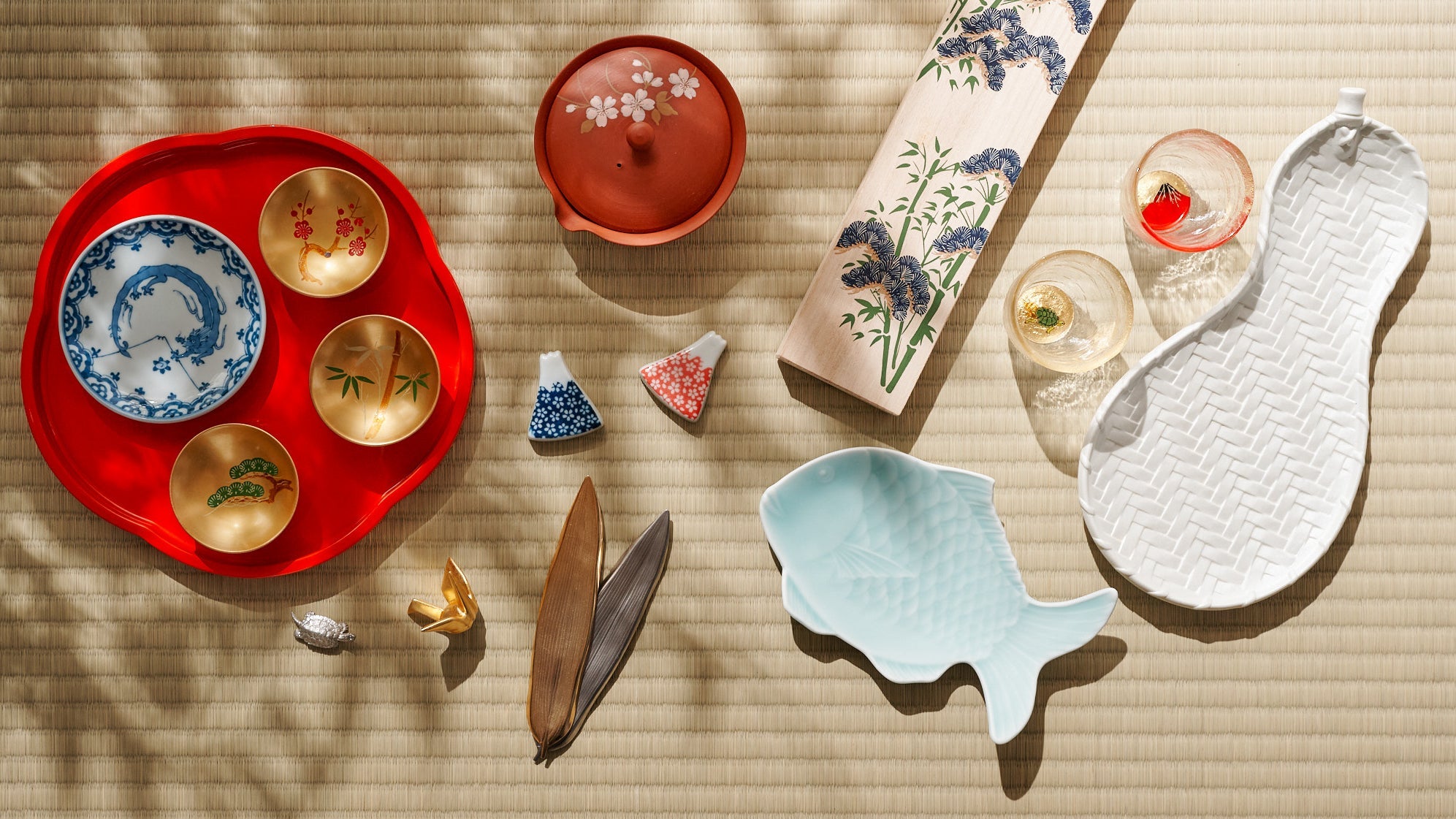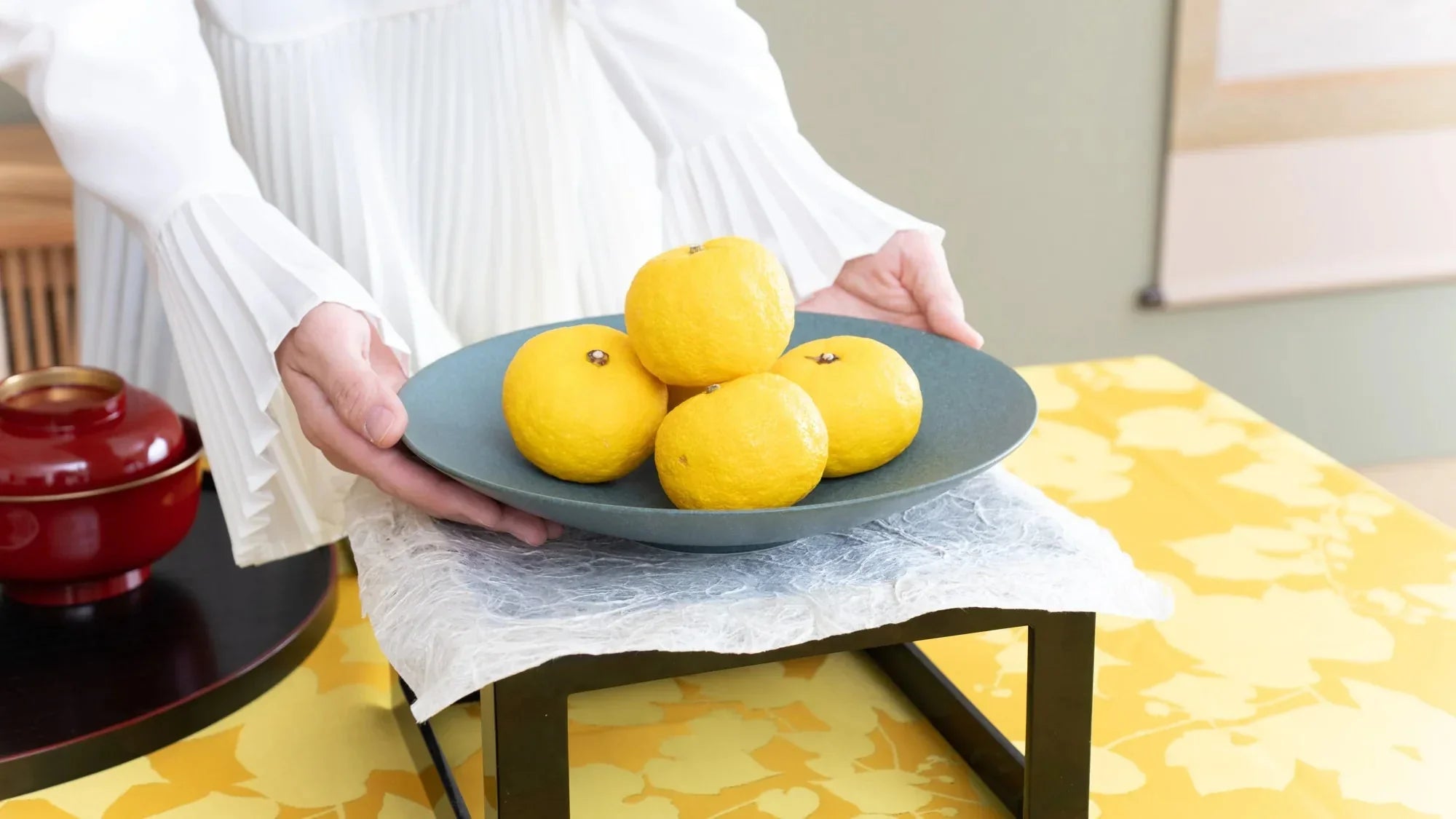
Unlocking the Secrets of Natto
De Team MUSUBI
Ask someone to name a food unique to Japan, and natto is likely to be one of the first things mentioned. For many Japanese people, natto is a staple on the everyday dining table, so familiar that some enjoy it daily without a second thought. Packed with nutrients and widely known for its health benefits, natto is also incredibly easy to pair with a bowl of warm white rice, making it a popular choice for breakfast across the country.
At the same time, natto’s signature stickiness and strong aroma can be quite the hurdle, especially for those encountering it for the first time—foreign visitors often find it an acquired taste.
In this article, we’ll dive into the origins and production process of natto and explore its enduring appeal through the lens of Sendai-ya, a natto specialty shop devoted to elevating this humble ingredient with care and creativity. Join us as we uncover the charm of natto, a food beloved by generations in Japan.
Table of contents
The History of Natto
Natto has long been cherished in Japanese culinary culture, though its exact origins remain a subject of debate. One theory suggests that its roots trace all the way back to the Yayoi period (circa 900 BCE–300 CE), when boiled soybeans were inadvertently inoculated with Bacillus subtilis (natto bacteria), giving rise to an early form of what we now know as natto.
Another account places its origin in the Heian period (794–1185 CE), where farmers, hastily preparing food at the request of samurai warriors, packed freshly boiled soybeans, which were still warm, into straw bags. When the beans were later opened, they had become sticky and stringy, much like today’s natto. Surprisingly, the warriors found the new texture and flavor appealing and began enjoying it regularly.
While the exact beginnings of natto are still unclear, written records from the Muromachi period (1336–1573 CE) provide historical confirmation of its existence. At that time, natto was typically consumed as an ingredient in soups. It wasn’t until the late Edo period (1603–1868 CE) that the now-common practice of eating natto over a bowl of white rice began to take hold.

During the Edo era, vendors known as natto uri would walk through towns selling freshly made natto. As Japan transitioned through the Meiji (1868–1912 CE) and Taisho (1912–1926 CE) periods, the number of natto producers gradually increased, further establishing natto as a household staple.
How Natto Is Made: From Humble Bean to Fermented Superfood
The journey to delicious natto begins with one essential step: selecting the right beans. The type, size, and quality of the beans all play a significant role in shaping the final taste and texture. While soybeans are most commonly used, some natto makers experiment with other varieties of beans to create unique flavors and experiences.
Once chosen, the beans are carefully washed to remove any dirt or impurities, then soaked in water. As they absorb moisture, the beans swell to about two to three times their original size, becoming glossy and plump—a sign that they’re ready for the next step. The exact soaking time and water volume are adjusted depending on the season and the specific type of bean used, as temperature and humidity affect absorption.

After soaking, the beans are gently steamed until they’re thoroughly tender and fluffy all the way to the center. At this stage, Bacillus subtilis is evenly introduced to the surface of the hot beans. It’s important to maintain the beans at a temperature between 70°C and 90°C (158°F–194°F), as this range inhibits the growth of unwanted bacteria while allowing the natto bacteria to thrive.
The inoculated beans are then portioned into individual containers and moved to a fermentation room, where they rest for 14 to 16 hours. During this stage, the natto bacteria multiply and transform the beans, producing the signature sticky threads and strong aroma that define natto. To encourage proper fermentation, the environment is kept warm and humid. Once fermentation is complete, the natto is rapidly cooled to stop further microbial activity and enter the aging phase. This final step helps deepen the flavor and round out the texture.
After aging, the natto is packaged and shipped out, ready to reach our tables with all its nutritious goodness and unmistakable character.
Sendai-ya: A Natto Specialty Shop Dedicated to Craftsmanship and Creativity

Nestled in the lush, mountainous region of Yamanashi Prefecture, Natto Kobo Sendai-ya is a natto specialty shop that blends time-honored tradition with a passion for sharing natto with a wider audience. Drawing on the area’s pristine natural resources—including crystal-clear mountain spring water—Sendai-ya is committed not only to crafting exceptional natto but also to finding inventive ways to help people fall in love with it.

Beyond its original workshop in Yamanashi, Sendai-ya operates two locations in Tokyo: one in Ikejiri-Ohashi and another in the trendy neighborhood of Shimokitazawa. These shops offer a unique and popular feature, an All-You-Can-Eat Natto Set Meal. Guests can start by selecting two out of nine varieties of natto, served alongside rice, miso soup, and small side dishes. Once you finish your initial selection, you’re free to go back and try different types, perfect for a flavorful tasting experience.

Sendai-ya’s lineup of nine natto varieties includes everything from small beans to large ones, and even natto made from edamame soybeans. For those who prefer a milder, easier-to-eat option, smaller beans are ideal and provide that signature sticky texture natto lovers enjoy. On the other hand, if you’re more interested in savoring the rich, natural taste of the soybean itself with a softer, less sticky texture, the larger beans are a great choice. While karashi (mustard) is the traditional go-to condiment for adding a bit of heat, adventurous eaters may want to try the wasabi natto, which brings a refined sharpness that complements and elevates the flavor of the beans.

In addition to the standard set meal, Sendai-ya offers a variety of natto-based dishes: a set meal topped with tororo(grated yam) for added creaminess, another with grilled salmon replacing the side dish, as well as natto-topped noodles and rice bowls. The menu is thoughtfully designed to showcase natto’s versatility and appeal to both first-timers and long-time fans. One of the best parts? If you discover a natto variety you particularly enjoy during your meal, you can purchase it right there in the shop to take home—a perfect way to continue your natto journey beyond the café.

While Sendai-ya is a dream destination for seasoned natto lovers, it also has plenty to offer those who are just starting to explore this unique Japanese food. One standout creation is the baked natto donut, which serves as a gentle, approachable introduction for anyone who might find traditional natto slightly intimidating. Unlike typical fried donuts, these are baked and infused with natto, resulting in a moist, slightly sweet treat. At first bite, it tastes like a classic donut, but there’s a subtle whisper of natto in the background—a clever way to reimagine the ingredient in a completely new form.

For those who already enjoy natto but are craving a twist on the usual routine, natto ochazuke is a delicious option worth trying. Sendai-ya’s version comes with a ready-made set that includes natto, savory umami-rich soy sauce, dried bonito flakes, seaweed, and chopped green onions. Simply place everything over a bowl of hot white rice, pour in hot water or tea, and you’ve got yourself a light, comforting dish in minutes. Refreshing, easy to digest, and quick to prepare, natto ochazuke is especially ideal during hot summer days when your appetite might be lacking.

It’s no exaggeration to say that natto is an essential part of the Japanese dining table. Over the centuries, this humble yet distinctive food has gradually evolved, finding its way into the hearts and onto the plates of people in many different forms. With its signature aroma and sticky texture, natto certainly makes a strong impression, not only as a standalone food but also as a versatile ingredient.

Whether you're a long-time natto lover, someone trying it for the first time, or even someone who’s a bit unsure about it, there’s a way for everyone to enjoy natto. By exploring its many forms and flavors, you’re not just tasting a unique food but also experiencing a rich thread of Japanese culinary history, one bite at a time.
Natto Kobo Sendai-ya
1F, 3-20-3 Ikejiri, Setagaya-ku, Tokyo








Dejar un comentario
Este sitio está protegido por hCaptcha y se aplican la Política de privacidad de hCaptcha y los Términos del servicio.